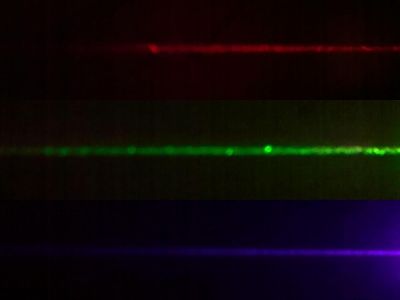Aiming to create a place where laser research can reach new heights, the project 'The integrated initiative of European laser research infrastructures III' (
LASERLAB-EUROPE) has brought together 23 organisations from 16 European countries. It also cooperates closely with laser-related communities and networks in other parts of the world.
LASERLAB-EUROPE is in its third phase, building on the outcomes of the initial 'European coordinated network of laser infrastructures' (LASERNET) initiative. This precursor project had laid the groundwork for a network of laser facilities with diverse and complementary capabilities.
The transnational access programme provides scientists from across Europe with the opportunity to use specialised large-scale installations for their research, paving the way to new discoveries. It also offers training to a new generation of scientists who are embarking on a career in laser development and research.
To push the forefront of laser research beyond the state of the art is also the main objective of joint research activities (JRAs). Network partners currently address new challenges for laser science, as well as applications of lasers and photonics in biology and health. Other JRAs explore ways and means to generate and accelerate charged particles or are dedicated to the development of radiation sources at the extremes.
By promoting a culture of transnational cooperation, LASERLAB-EUROPE has strengthened the capabilities of its virtual infrastructure to adapt to developments in laser science.
The ultimate aim of LASERLAB-EUROPE is to overcome the fragmentation of the landscape of national laser research laboratories in Europe. At the same time, it assists EU Member States to create new infrastructures where these are lacking. Particular emphasis has been placed on the Extreme Light Infrastructure (ELI) and High Power laser Energy Research (HiPER) facilities.

